Main Objectives
The development of cochlear implants can be considered as one of the great medical progress of the XXth century leading to a real revolution in the management of bilateral severe to profound deafness.
The project ‘CIMPLE’ (Cochlear Implantation Modeling, PLanning & Evaluation) takes a trans-disciplinary approach
- to enhance our understanding of the human hearing system;
- to develop better methods for the diagnosis of profound hearing pathologies;
- to improve the planning, implantation, and use of cochlear implants.
This project involves several academic (Inria Sophia Antipolis) and clinical (CHU Nice, IUFC) partners members of the Université Côte d’Azur, and a company (Oticon Medical). They are all located in the Nice area and are engaged in a long-term collaborative framework to develop a strong cluster of expertise in otology.
The cochlea is a spiral-shaped cavity making around 2.5 turns around its axis which is part of the inner ear. It plays a key role in the transformation of acoustic waves into electric signals transmitted to the brain. One important aspect of this project is the assessment of the cochlea shape from Computed Tomography (CT) images of patients.
Reconstructing the cochlea from CT images is challenging since its subtle shape cannot be fully observed from this type of image and therefore sophisticated methods are being developed combining knowledge in anatomy, medical imaging, geometry, statistics, and machine learning.
Other aspects of this project include :
- Planning cochlear implant surgery with Artificial Intelligence
- Assessment of post-operative array insertion traumatisms
- Assessment of post-operative intracochlear electrodes position
- Assessment of electrical field distribution in an implanted cochlea
- Post-operative optimization of cochlear implants parameterization (or programming)
- Improving the otosclerosis CT diagnosis
Funding
The work is funded by the region Provence-Alpes-Côte d’Azur, Université Côte d’Azur and OTICON MEDICAL.
Partners
This work is a collaborative work between, Inria, Oticon Medical, Institut Universitaire de la Face et du Cou (IUFC), and the radiology department of the Centre Hospitalier Universitaire (CHU) de Nice.
Participants: Zihao WANG (Inria), Hervé Delingette (Inria), Nicholas Ayache (Inria), Clair Vandersteen (IUFC), Nicolas Guevara (IUFC), Charles Raffaelli (CHU), Dan Gnansia (Oticon Medical), Thomas Demarcy (Prior Oticon Medical), François Patou(Oticon Medical), Dan Gnansia (Oticon Medical).
Publications
- Zihao WANG, Clair Vandersteen, Thomas Demarcy, Dan Gnansia, Charles Raffaelli, Nicolas Guevara, Hervé Delingette. Deep Learning-based Metal Artifacts Reduction in post-operative Cochlear Implant CT Imaging. MICCAI 2019: 22nd International Conference on Medical Image Computing and Computer-Assisted Intervention. Shen Zhen, China, Aug 2019.
- Zihao Wang, Clair Vandersteen, Thomas Demarcy, Dan Gnansia, Charles Raffaelli, Nicolas Guevara, and Hervé Delingette. A Deep Learning based Fast Signed Distance Map Generation. In MIDL 2020 – Medical Imaging with Deep Learning, Montréal, Canada, July 2020.

 [bibtex-entry]
[bibtex-entry] - Clair Vandersteen, Thomas Demarcy, Hervé Delingette, Charles Raffaelli, Jonathan Laudanski, Thierry Pourcher, Jacques Darcourt, Philippe Franken, Dan Gnansia, Nicholas Ayache, and Nicolas Guevara. Teaching tool for advanced visualization of temporal bone structures by fusion of $\mu$CT and CT scan images. 8th International Symposium on Objective Measures in Auditory Implants, October 2014. Note: Poster.



- K. Dang, M. Clerc, C. Vandersteen, N. Guevara, D. Gnansia.
In situ validation of a parametric model of electrical field distribution in an implanted cochlea, in: 7th International IEEE EMBS Conference on Neural Engineering, Montpellier, France, France, April 2015. [DOI : 10.1109/NER.2015.7146711 ] https://hal.inria.fr/hal-01242020 - Clair Vandersteen, Thomas Demarcy, Coralie Roger, Eric Fontas, Charles Raffaelli, Nicholas Ayache, Hervé Delingette, and Nicolas Guevara. Impact of the surgical experience on cochleostomy location: a comparative temporal bone study between endaural and posterior tympanotomy approaches for cochlear implantation. European Archives of Oto-Rhino-Laryngology, pp 1-7, 2015.



- Dan Gnansia, Thomas Demarcy, Clair Vandersteen, Charles Raffaelli, Nicolas Guevara, Hervé Delingette, and Nicholas Ayache. Optimal electrode diameter in relation to volume of the cochlea. European Annals of Otorhinolaryngology, Head and Neck Diseases, 133, Supplement 1:S66-S67, June 2016.



- Thomas Demarcy, Clair Vandersteen, Dan Gnansia, Charles Raffaelli, Hervé Delingette, Nicholas Ayache, and Nicolas Guevara. Estimation de la position post-implantation cochléaire de l’électrode à partir d’images tomodensitométriques cliniques. In 123ème Congrès de la Société Française d’Oto-Rhino-Laryngologie et de Chirurgie de la Face et du Cou, Annales françaises d’Oto-rhino-laryngologie et de Pathologie Cervico-faciale, Paris, France, October 2016. Congrès de la Société Française d’Oto-Rhino-Laryngologie et de Chirurgie de la Face et du Cou.
- Thomas Demarcy, Clair Vandersteen, Charles Raffaelli, Dan Gnansia, Nicolas Guevara, Nicholas Ayache, and Hervé Delingette. Uncertainty Quantification of Cochlear Implant Insertion from CT Images. In Raj Shekhar, Stefan Wesarg, Miguel Angel Gonzalez Ballester, Klaus Drechsler, Yoshinobu Sato, Marius Erdt, Marius George Linguraru, and Cristina Oyarzun Laura, editors, 5th International Workshop on Clinical Image-Based Procedures – CLIP 2016, Held in Conjunction with MICCAI 2016, volume 9958 of Lecture Notes in Computer Science, Athens, Greece, pages 27-35, October 2016. Springer.



- Thomas Demarcy, Clair Vandersteen, Nicolas Guevara, Charles Raffaelli, Dan Gnansia, Nicholas Ayache, and Hervé Delingette. Automated analysis of human cochlea shape variability from segmented $\mu$CT images. Computerized Medical Imaging and Graphics, 59(July 2017):1 – 12, 2017.






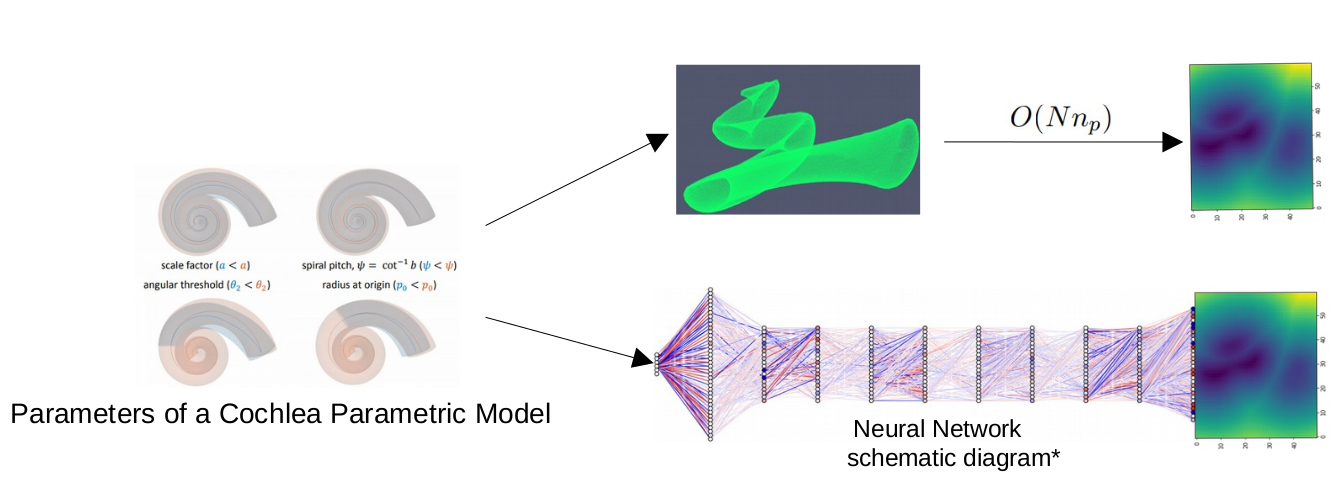


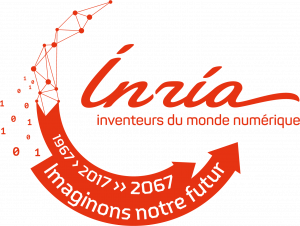
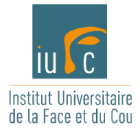
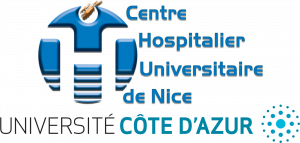
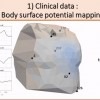 Non invasive cardiac personalisation
Non invasive cardiac personalisation
 Simulation of ventricular tachycardia re-entry circuit
Simulation of ventricular tachycardia re-entry circuit
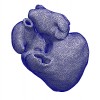 heartMeshFine
heartMeshFine
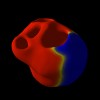 Electrophysiology
Electrophysiology
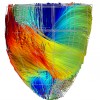 Cardiac Fibres from in vivo Diffusion Tensor Imaging
Cardiac Fibres from in vivo Diffusion Tensor Imaging
